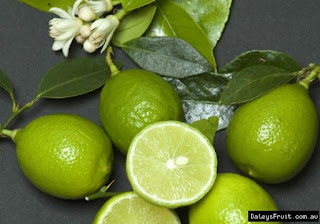Botanical Name: Citrus aurantifolia.Family: Rutaceae, also known as the citrus family.Chromosome Number is 2n=18.
1. Climatic Conditions:
Kagzi lime is grown in tropical and sub-tropical regions. It requires a warm and humid climate with an average temperature range of 20-35°C. The rainfall requirement is around 100-125 cm per annum.
2. Suitable Soil:
Kagzi lime grows well in well-drained, sandy loam or clay loam soil with a pH range of 5.5-7.5. It is susceptible to waterlogging and requires good drainage.
3. Propagation:
Kagzi lime is propagated by vegetative means, mainly through budding or grafting.
4. Planting:
The best time for planting kagzi lime is during the monsoon season, from June to July. The seed rate is around 100-125 g per plant, and the spacing should be 6-8 meters between rows and 3-4 meters between plants.
5. Irrigation:
Irrigation should be provided from the day of sowing and should be done at regular intervals. The frequency and amount of irrigation depend on the soil type, rainfall, and temperature.
6. Manures and Fertilizers:
Kagzi lime requires a balanced dose of NPK fertilizers, with a recommended dose of 80-100 kg N, 40-50 kg P2O5, and 40-50 kg K2O per hectare per year. Organic manures such as farmyard manure or compost can also be applied.
7. Training and Pruning:
The kagzi lime plant requires regular pruning and training to maintain its shape and size. The pruning should be done after the harvest season.
8. Varieties:
Some of the popular varieties of kagzi lime are Kagzi Kalan, Kagzi Mitha, and Pramalini.
9. Harvesting and Yield:
The kagzi lime fruits are ready for harvesting from October to February, depending on the location and climatic conditions. The yield can vary from 60-70 kg per tree per year. The fruits are harvested when they attain full size and color.




